How Can You Use Moringa Oleifera?
Often called a superfood, Moringa oleifera, or Moringa Tree, is a vital food in much of tropical Asia and Africa. The tree grows quickly even in poor conditions and the leaves and pods are harvested year round.
People eat the leaves and pods, and make cooking oil from the seeds. Some also eat the seeds, and what remains after making oil can be used for purifying well water.
Moringa Tree is also used as a cosmetic in many areas, for example, it’s an excellent moisturizer, and western pharmacology is researching possible modern uses.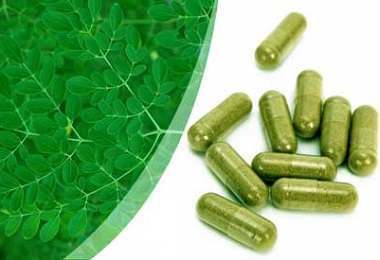
Ayurvedic medicine has used Moringa Tree in treating many health concerns for at least a few thousand years. So practitioners have experience with Moringa Tree, and they routinely use it today. Western researchers are studying Moringa Tree to determine possible uses in this society.
Western health experts now recommend the use of Moringa Tress as a food source and as a nutritional supplement. As an example, many now recommend taking a Moringa Tree supplement, in either powder or capsule form, in place of a multiple vitamin. That’s because Moringa is highly nutritious and it’s a natural food, which means it will be better absorbed and utilized in the body as opposed to synthetic vitamins.
Health experts are also recognizing that Moringa can be useful in treating a variety of conditions. For example, in Ayurvedic medicine Moringa Tree is well known for lowering blood pressure. So if you’d like to lower your blood pressure without taking prescription medication, you might speak to your doctor about trying Moringa Tree. On the flip side, if you already have low blood pressure Moringa Tree isn’t for you.
Health practitioners also recognize that Moringa Tree is useful in lowering cholesterol and stopping the formation of abnormal blood clotting. It also useful in treating diabetes. If you are concerned with any of these issues, you might speak to your doctor about using Moringa Tree, which could lead to helping you feel better and lowering your need for prescription drugs.
Another traditional use for Moringa Tree is in the treatment of asthma and allergies. Moringa Tree acts as an anti-histamine and so can be helpful.
You might also use Moringa Tree to disinfect food areas. It’s well-known for its antibacterial properties, and you can use it directly on cuts and wounds.
As for side effects, those taking a blood thinner should not use Moringa because it’s a blood thickener. If you take prescription medications you should also consult your doctor before using Moringa because it could have interactions with your current meds.
If you do use Moringa, you’re advised to gradually introduce it into your diet. Less than a quarter of a teaspoon would be good as a start. One reason is Moringa has laxative properties and you don’t want to take too much in the beginning or at any one time. About a teaspoon a day is a normal amount, but you should read the label on your supplement.
And even though Moringa has traditionally been used to treat menstrual problems and to improve the nutrition of pregnant and nursing women, these women should also consult their doctors because using Moringa Tree. Some experts suspect Moringa might not be good for infants.

 Subscribe Now
Subscribe Now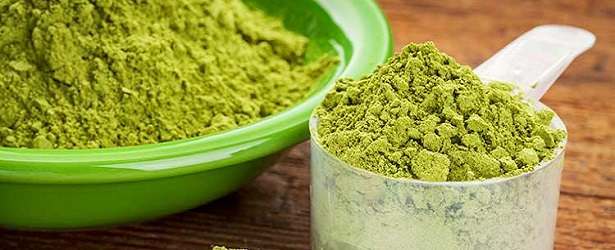
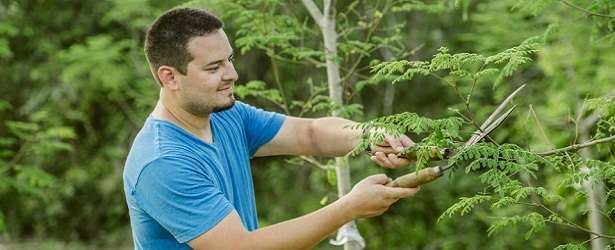
 Pregnant women need to be aware that eating the roots, bark, or flowers can bring on uterine contractions, possibly leading to miscarriage, and some experts think Moringa might not be safe for infants. So if you’re pregnant or nursing, talk to your doctor before ingesting Moringa Tree, and before using the oil on your skin.
Pregnant women need to be aware that eating the roots, bark, or flowers can bring on uterine contractions, possibly leading to miscarriage, and some experts think Moringa might not be safe for infants. So if you’re pregnant or nursing, talk to your doctor before ingesting Moringa Tree, and before using the oil on your skin.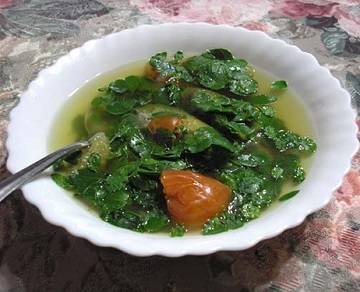 Next is something to keep in mind for a time when you might need it. One of the qualities of Moringa is it has a laxative effect, with the likelihood of this increases along with the amount you ingest, and especially if your body isn’t accustomed to the food. You could also experience gas, diarrhea, or heart burn.
Next is something to keep in mind for a time when you might need it. One of the qualities of Moringa is it has a laxative effect, with the likelihood of this increases along with the amount you ingest, and especially if your body isn’t accustomed to the food. You could also experience gas, diarrhea, or heart burn.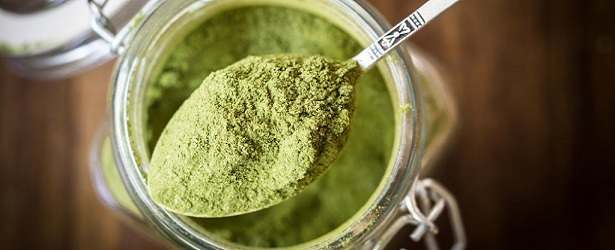
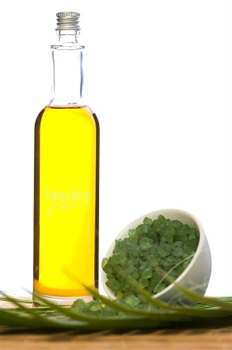 Moringa Tree grows most everywhere in the tropics and has been valued for at least two thousand years as a food source, and also for its ability to treat a large number of diseases. It’s now being thought of as a superfood. You can use the leaves much as you would spinach, and you can eat the pods, cooking them as you would green beans. You can also buy Moringa Tree oil, which is processed from the seeds. The oil is used for cooking and eating, and you can use it on your skin as a moisturizer. The oil is valuable because it doesn’t tend to go rancid.
Moringa Tree grows most everywhere in the tropics and has been valued for at least two thousand years as a food source, and also for its ability to treat a large number of diseases. It’s now being thought of as a superfood. You can use the leaves much as you would spinach, and you can eat the pods, cooking them as you would green beans. You can also buy Moringa Tree oil, which is processed from the seeds. The oil is used for cooking and eating, and you can use it on your skin as a moisturizer. The oil is valuable because it doesn’t tend to go rancid. Smoothies are a good way to use Moringa because if you don’t like the taste you can hide it by adding fruit. Sprinkle Moringa on salads and other dishes, or add it to juices. Most experts suggest not cooking with Moringa powder because cooking reduces the nutritional value. So sprinkle it on just before you eat.
Smoothies are a good way to use Moringa because if you don’t like the taste you can hide it by adding fruit. Sprinkle Moringa on salads and other dishes, or add it to juices. Most experts suggest not cooking with Moringa powder because cooking reduces the nutritional value. So sprinkle it on just before you eat.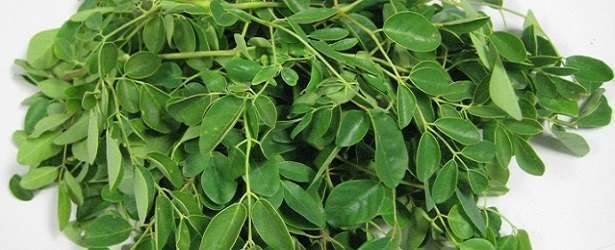

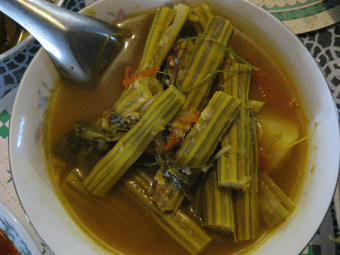 Your doctor might suggest an anti-histamine prescription, or you can purchase an anti-histamine at the drug store, but you might experience side effects with these medications. For example, you might experience drowsiness and so be unable to drive for a period of time. Another way to mitigate histamine symptoms is to eat anti-histamine foods, of which Moringa Tree is one. So you not only get superior nutrition for your immune system, but you get Moringa anti-histamine properties as well.
Your doctor might suggest an anti-histamine prescription, or you can purchase an anti-histamine at the drug store, but you might experience side effects with these medications. For example, you might experience drowsiness and so be unable to drive for a period of time. Another way to mitigate histamine symptoms is to eat anti-histamine foods, of which Moringa Tree is one. So you not only get superior nutrition for your immune system, but you get Moringa anti-histamine properties as well.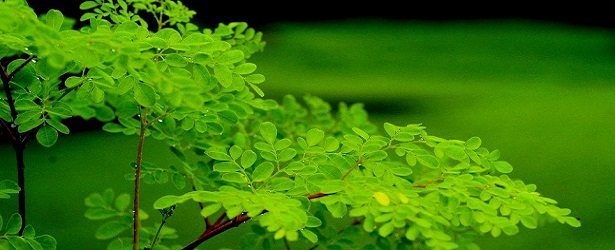
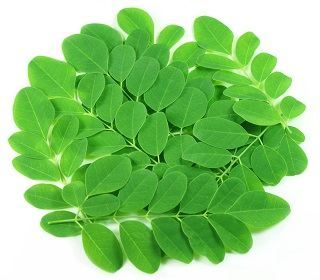 Moringa Tree grows rapidly, some say like a weed, and better still the leaves and pods can be harvested throughout the year. Even better still, the leaves and pods are superfoods. They contain a large variety of nutrients and are an important food source in many parts of the world. An equivalent serving of Moringa leaves beats the calcium you get from milk, the iron from spinach, and the
Moringa Tree grows rapidly, some say like a weed, and better still the leaves and pods can be harvested throughout the year. Even better still, the leaves and pods are superfoods. They contain a large variety of nutrients and are an important food source in many parts of the world. An equivalent serving of Moringa leaves beats the calcium you get from milk, the iron from spinach, and the 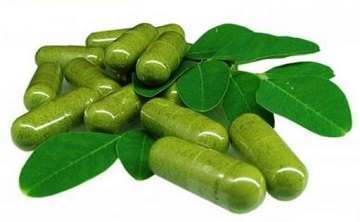 Some other facts about Moringa Tree are that it helps protect the body against arsenic from contaminated food or water, and a really interesting use for the seeds is to purify well water. Apparently the seeds contain a protein that attaches to impurities and causes them to aggregate, and as a water purification method this works better than many synthetic materials. Some researchers are pondering the question of whether this protein may perform the same function in the body, which would mean Moringa might prove useful in detoxifying the body. So how do you get these benefits from Moringa Tree? You can buy Moringa as powder or capsules. You can also buy Moringa oil, although be aware that it’s expensive, much more so than high quality olive oil.
Some other facts about Moringa Tree are that it helps protect the body against arsenic from contaminated food or water, and a really interesting use for the seeds is to purify well water. Apparently the seeds contain a protein that attaches to impurities and causes them to aggregate, and as a water purification method this works better than many synthetic materials. Some researchers are pondering the question of whether this protein may perform the same function in the body, which would mean Moringa might prove useful in detoxifying the body. So how do you get these benefits from Moringa Tree? You can buy Moringa as powder or capsules. You can also buy Moringa oil, although be aware that it’s expensive, much more so than high quality olive oil.